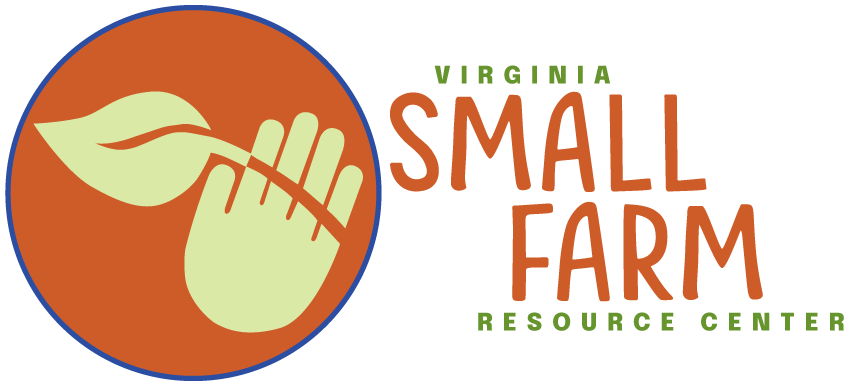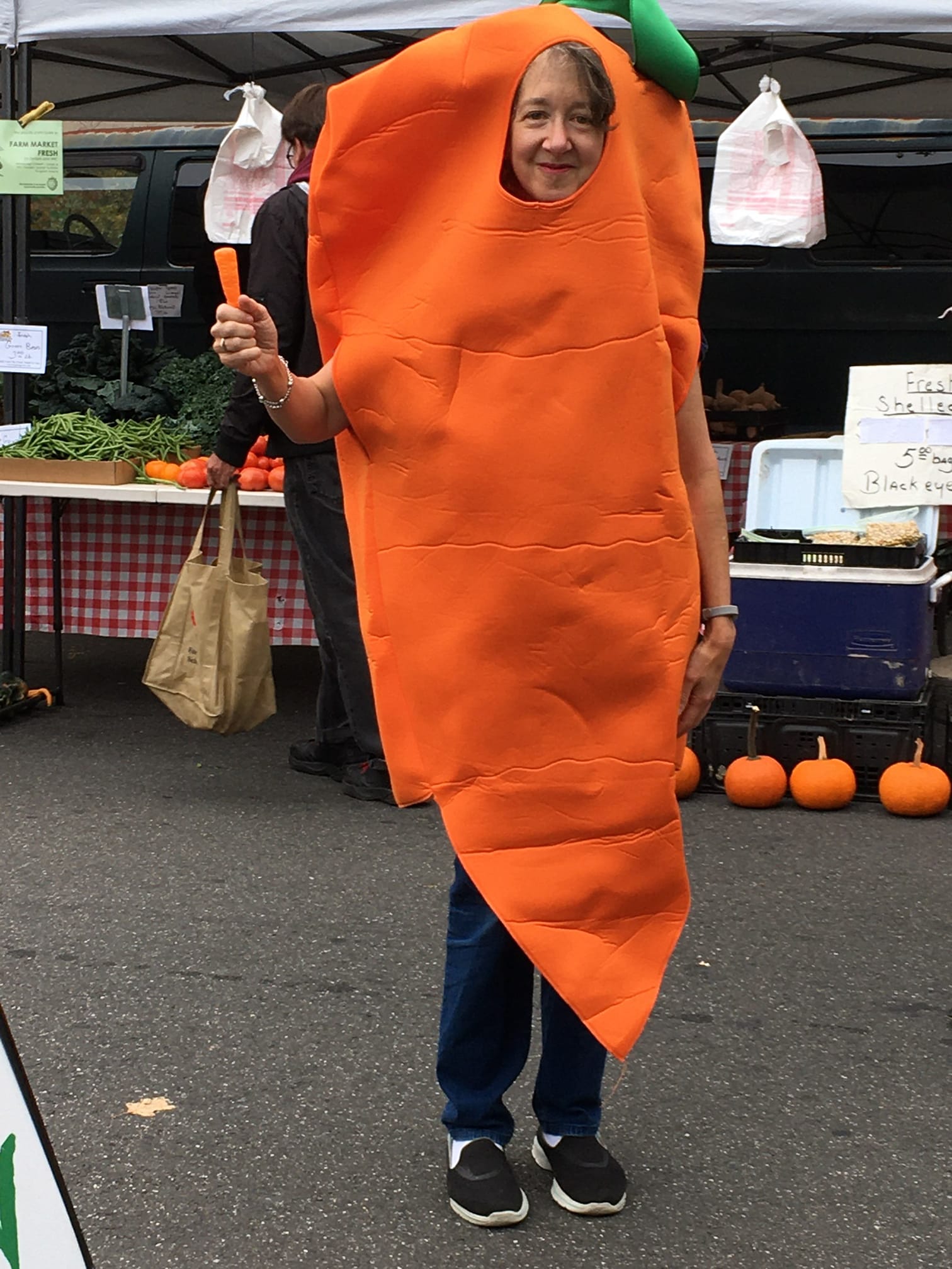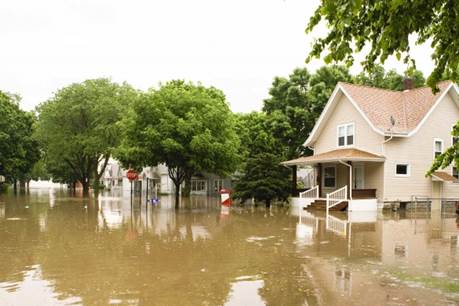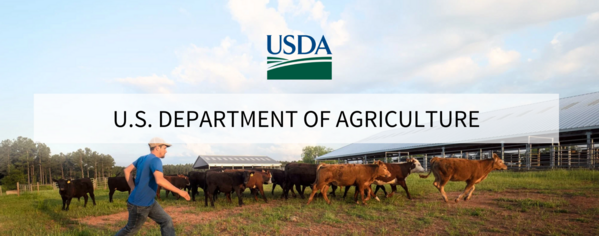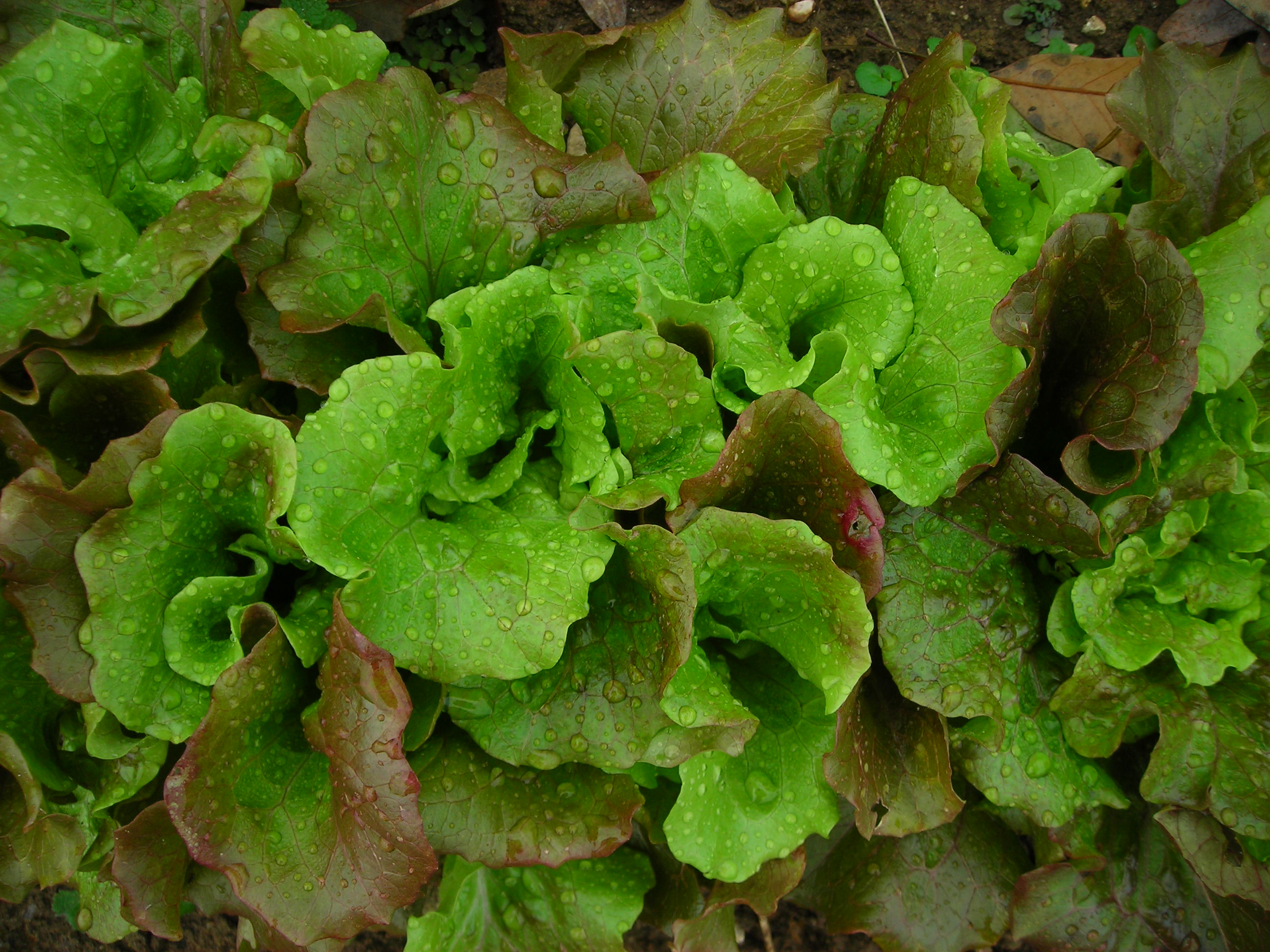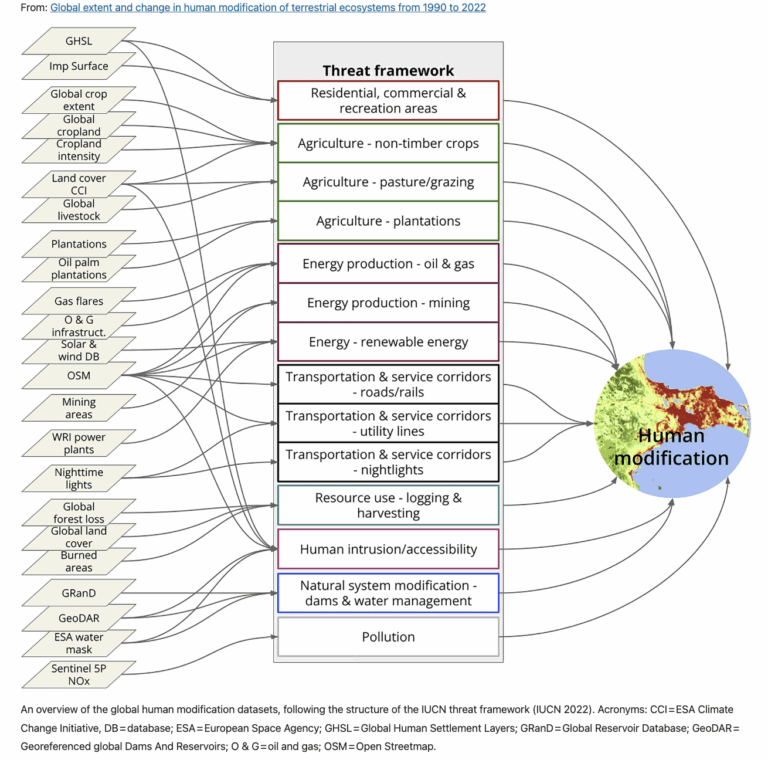The U.S. Department of Agriculture (USDA) today announced its selection of 50 projects for potential award, totaling approximately $300 million. These innovative projects will help improve access to land, capital, and markets for underserved farmers, ranchers, and forest landowners. The Increasing Land, Capital, and Market Access (Increasing Land Access) Program, which is funded by President Biden’s Inflation Reduction Act, works to increase access to farm ownership opportunities, improve results for those with heirs’ property or fractionated land, increase access to markets and capital that affect the ability to access land, and improve land ownership, land succession and agricultural business planning.
Examples of selectees for potential award include:
- Community Development Corporation of Oregon will work to provide long term and sustainable land access to disadvantaged refugee and immigrant beginning farmers in Oregon’s east Multnomah and Clackamas counties. A few of the goals of the project are to purchase the currently rented farm, reduce the net cost of the land through a conservation or working lands easement, and provide an equitable and engaging process of education and training about cooperative land ownership, finance concepts, and related USDA programs.
- The Menominee Indian Tribe of Wisconsin will work to establish an equity capital fund to provide support for Tribal producers’ land, equipment, and operational needs. Additionally, this project will work to provide targeted technical assistance to Tribal producers in developing comprehensive farm and food business plans, including conservation plans to support expanded production and access to the full suite of USDA and other support resources.
- Workin’ Rootz will work to increase access to land and capacity-building at five urban farms/community market gardens in Detroit which include Workin’ Roots Farm, Love n’ Labor, Foster Patch Community Garden, Love Earth Herbal, and Urban Bush Sistahs. These farms will serve as resource hubs by sharing infrastructure (tiller, lawn tractor, wash and pack, cooler storage, etc.) with other urban farmers and gardeners in their prospective neighborhoods.
- Maine Farmland Trust will work with low-income farmers on access to low-interest capital for land purchase or business operations, farm upgrades and infrastructure investments that promote viability, technical assistance in the areas of real estate and business planning, and more.
- Alabama A&M University, in collaboration with four other 1890 land grant universities (Southern University, Alcorn State University, Fort Valley State University, and Tennessee State University) and many other local organizations, will provide delivery of technical assistance to underserved farm populations in chronically and economically depressed communities of Alabama, Tennessee, and Mississippi to ensure the success of existing farmers and ranchers and to rapidly increase the numbers of small farm operators in the targeted communities.
The tentative selectees include national, regional, and local projects that cover 40 states and territories including Washington D.C., Puerto Rico, and the U.S. Virgin Islands. USDA will work with the selected applicants to finalize the scope and funding levels in the coming months.
See the full list of Increasing Land Access Program selected projects.
Environmental Assessment
These projects will likely result in the purchase of land, construction of farm infrastructure and other activities that could have potential impacts on environmental resources. USDA has developed a Programmatic Environmental Assessment for the Increasing Land Access Program to evaluate the program’s overarching environmental impacts as they relate to the National Environmental Policy Act.
The environmental assessment is available online for public review. USDA is requesting comments on the program’s potential impact on the environment. The feedback will be incorporated into the final assessment, as appropriate, prior to a decision.
USDA will consider comments received by Friday, July 14, 2023, at 5 p.m. EDT. Comments received after that date will be considered to the extent possible. Comments may be submitted:
- Electronically at: Access@usda.gov
- By mail at: Attn: Michael Mannigan, Grants Management Specialist, U.S. Department of Agriculture, Farm Service Agency, Outreach Office, 1400 Independence Ave., S.W., Washington, DC, 20250-0506
For more information, contact Michael Mannigan at Land.Access@usda.gov. Persons with disabilities who require alternative means for communication should contact the USDA Target Center at (202) 720-2600 (voice).
More Information
The Increasing Land Access Program was originally announced in August 2022 as part of a broader investment to help ensure underserved producers have the resources, tools, programs and technical support they need to succeed and is being funded by the Inflation Reduction Act.
The Increasing Land Access Program is part of USDA’s commitment to equity across the Department and steps it has taken under Secretary Vilsack’s direction to improve equity and access, eliminate barriers to its programs for underserved individuals and communities, and build a workforce more representative of America. Earlier in the year, the USDA Equity Commission, which is comprised of independent members from diverse backgrounds, released its interim recommendations to remove barriers to inclusion and access at USDA. The program is also an important component of the Department’s and President Biden’s vision to Advance Racial Equity and Support for Underserved Communities Through the Federal Government.
USDA touches the lives of all Americans each day in so many positive ways. In the Biden-Harris administration, USDA is transforming America’s food system with a greater focus on more resilient local and regional food production, fairer markets for all producers, ensuring access to safe, healthy and nutritious food in all communities, building new markets and streams of income for farmers and producers using climate smart food and forestry practices, making historic investments in infrastructure and clean energy capabilities in rural America, and committing to equity across the Department by removing systemic barriers and building a workforce more representative of America. To learn more, visitusda.gov.
